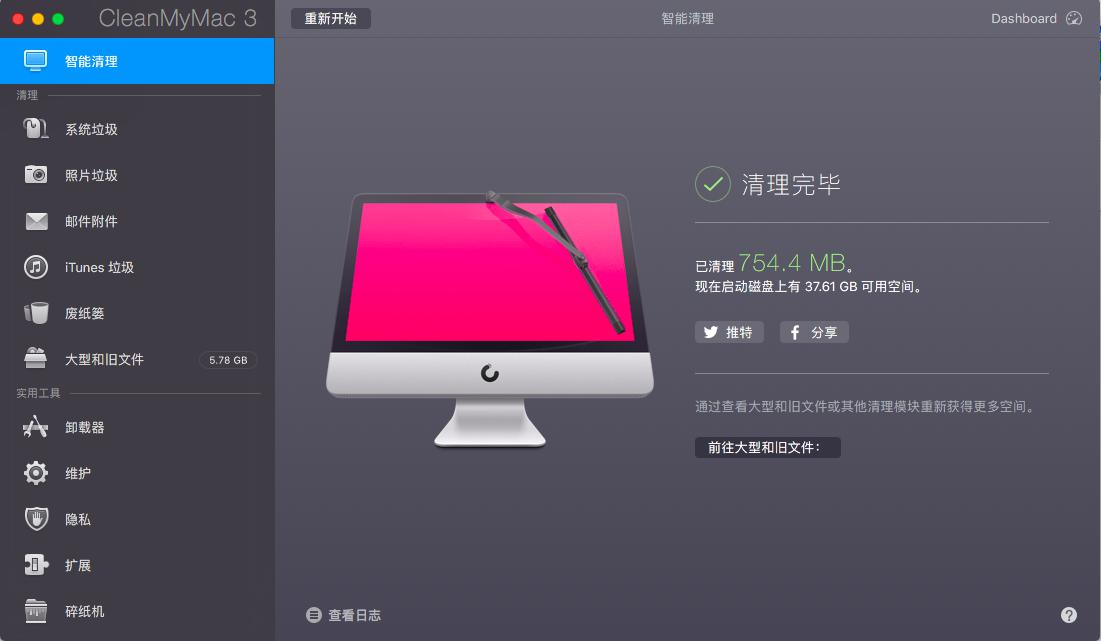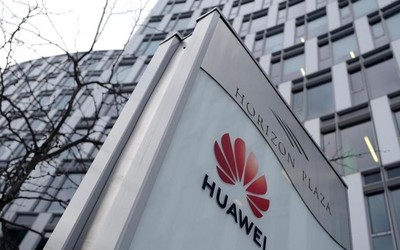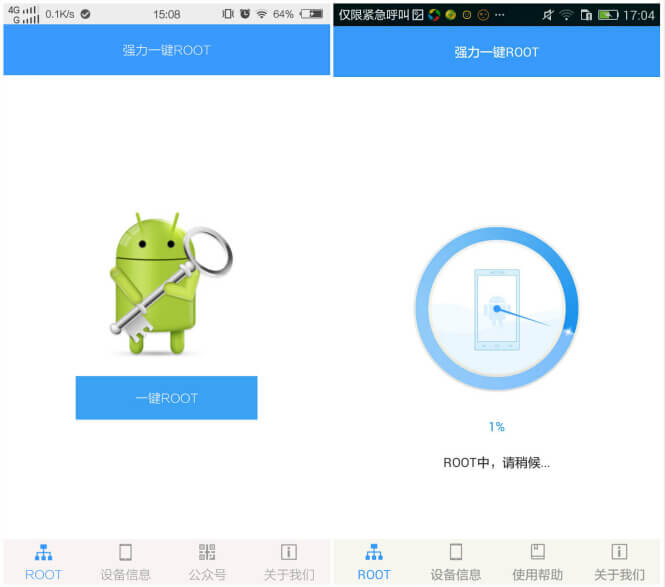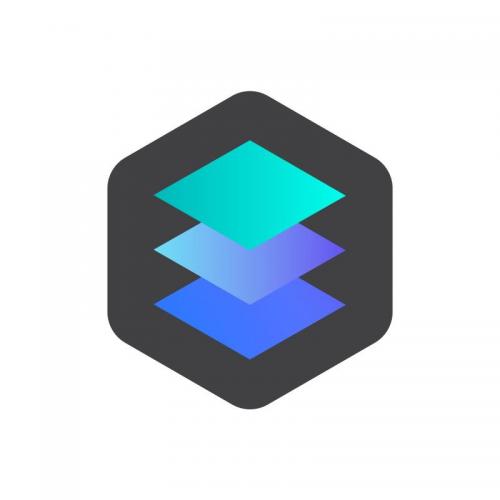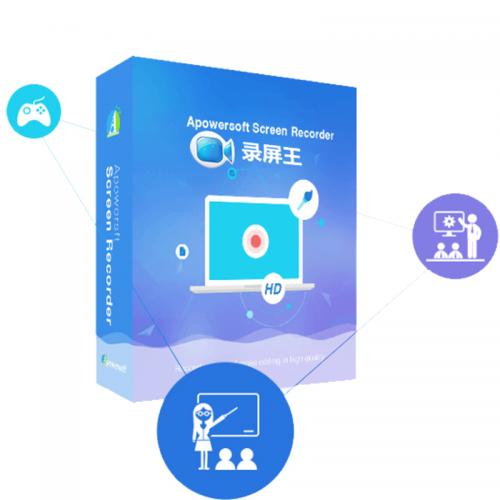增强包容性:如何利用Edge ML支持具有特殊需求的个人
 发布于2024-12-26 阅读(0)
发布于2024-12-26 阅读(0)
扫一扫,手机访问
译者 | 李睿
审校 | 重楼
科技进步需要具有特殊需求的人带来了新的解决方案。边缘机器学习(Edge ML)是一项开创性技术,它使用机器学习算法更接近数据源,从而减少延迟,并提高实时处理能力。

本文讨论了Edge ML在解决具有特殊需求的个人所面临的独特挑战方面的潜力。它阐明了Edge ML如何构建一个更具支持性和包容性的环境。并探讨了影响统一Edge ML模型发展的各种考虑因素、挑战和潜在改进。该模型侧重于两项任务:检测欺凌行为和提供安抚支持。
Edge ML的简介和优势
Edge+ML通 过直接在智能手机、平板电脑或物联网设备上采用机器学习算法来运行,而不仅仅依赖于集中式云计算服务器。这种分散的方法提供了适合特殊需求的几个优点:
- 低延迟:Edge ML减少了数据处理时间,允许近乎实时的响应。这对于自闭症或多动症患者在通信应用程序中的实时反馈至关重要。
- 隐私和安全:在边缘设备上处理数据通过最小化敏感数据传输来提高隐私安全性。这对于维护特殊需求应用程序的用户机密性和确保安全性至关重要。
- 定制和个性化:边缘机器学习允许更加个性化的应用程序,通过定制机器学习模型来识别和响应特定的模式和行为,以满足个人需求。
- 离线功能:Edge ML设计用于离线工作,使其成为学校、家庭或农村地区条件有限或没有互联网连接的特殊需求应用程序的理想选择。
Edge ML智能手表集成
许多智能手表都具有足够的计算能力,可以直接运行轻量级的机器学习模型。TensorFlow Lite是一个为边缘设备(包括智能手表)设计的框架,可以促进这种集成。以下是集成步骤的概述:
(1)选择轻量级模型:选择适合边缘设备的机器学习模型,特别是智能手表等资源有限的设备。
(2)将模型转换为TensorFlow Lite格式:使用针对移动设备和边缘设备优化的TensorFlow工具将训练好的模型转换为TensorFlow Lite格式。
将TensorFlow Lite整合到智能手表应用程序中,根据智能手表平台(例如Android的Wear OS,Apple Watch的watchOS),利用特定平台的API将TensorFlow Lite集成到应用程序中。
(4)预处理输入数据:调整输入数据(例如来自智能手表的传感器数据)。通过调整大小、规范化或其他转换来匹配模型的输入要求。
(5)运行推理:使用TensorFlow Lite在预处理数据上运行推理并获得模型的预测。
(6)后期处理输出数据:根据需要修改输出数据,解释预测并在智能手表应用程序中采取适当的行动。
(7)优化功率效率:优化机器学习模型和功率效率推理过程,考虑量化等技术。
(8)测试和迭代:彻底测试智能手表应用程序,根据需要迭代模型或应用程序设计,考虑用户体验和性能影响。
实现步骤
要实现用于语音识别的Edge ML,需要遵循以下步骤:
(1)选择语音识别模型:选择或训练为语音识别设计的机器学习模型,例如DeepSpeech或针对边缘设备优化的小型足迹神经网络。
(2)模型量化:通过模型量化减少计算负载和内存需求,将参数转换为较低精度(例如,从32位浮点数转换为8位整数)。
(3)与移动应用程序集成:开发一个移动应用程序(iOS或Android),使用用户友好的界面捕获语音输入。
(4)边缘设备部署:将量化语音识别模型嵌入移动应用程序中,无需持续的互联网连接即可部署边缘设备。
(5)实时语音处理:使用嵌入式模型在边缘设备上实现语音输入的实时处理,将语音输入转换为文本,并可能执行其他处理。
(6)个性化和自定义:允许用户根据自己的语音模式对模型进行微调,从而个性化应用程序。在边缘设备上本地更新模型,以提高准确性和响应能力。
(7)离线模式:在没有互联网连接的情况下实现功能的离线模式,这在互联网接入有限的情况下至关重要。
(8)隐私措施:结合隐私措施在边缘设备上本地处理敏感数据来,确保不会将其传输到外部服务器。清楚地传达这些隐私功能,以建立用户信任。
(9)反馈和干预:基于模型的分析,整合反馈机制或干预,提供即时提示,指导用户改进语音模式。
(10)持续改进:通过使用新数据和用户反馈定期更新模型,建立持续改进的机制,确保应用程序随着时间的推移能够更好地满足单个用户的需求。
为了适应Edge ML的代码,使用微控制器的TensorFlow Lite或类似的框架。需要注意的是,具体情况取决于目标边缘设备的功能和需求。
Python import numpy as np import tflite_micro_runtime.interpreter as tflite import sounddevice as sd import pygame import PySimpleGUI as sg import threading import time import os class BullyingDetectionSystem:def __init__(self, model_path):self.is_running = Falseself.log_file_path = 'bullying_log.txt'self.progress_meter = Noneself.threshold_slider = Noneself.timer_start = None self.model_path = model_pathself.threshold = 0.5 # Use TensorFlow Lite for Microcontrollersself.interpreter = tflite.Interpreter(model_path=model_path)self.interpreter.allocate_tensors() def reset_status(self): self.is_running = False self.progress_meter.update(0) self.timer_start.update('00:00') self.threshold_slider.update(value=self.threshold) self.window['Status'].update('') self.window['Output'].update('') def playback_audio(self, file_path): pygame.init() pygame.mixer.init() pygame.mixer.music.load(file_path) pygame.mixer.music.play() while pygame.mixer.music.get_busy(): pygame.time.Clock().tick(10) pygame.quit() def view_log(self): layout_log_viewer = [[sg.Multiline("", size=(60, 10), key='log_viewer', autoscroll=True)], [sg.Button("Close")]] window_log_viewer = sg.Window("Log Viewer", layout_log_viewer, finalize=True) # Read and display log file content try: with open(self.log_file_path, 'r') as log_file: log_content = log_file.read() window_log_viewer['log_viewer'].update(log_content) except FileNotFoundError: sg.popup_error("Log file not found.") while True: event_log_viewer, _ = window_log_viewer.read() if event_log_viewer == sg.WIN_CLOSED or event_log_viewer == "Close": break window_log_viewer.close() def simulate_smartwatch_gui(self): layout = [[sg.Text("Smartwatch Bullying Detection", size=(40, 1), justification="center", font=("Helvetica", 15), key="Title")], [sg.Button("Start", key="Start"), sg.Button("Stop", key="Stop"), sg.Button("Reset", key="Reset"), sg.Button("Exit", key="Exit")], [sg.Text("", size=(30, 1), key="Status", text_color="red")], [sg.ProgressBar(100, orientation='h', size=(20, 20), key='progress_meter')], [sg.Text("Recording Time:", size=(15, 1)), sg.Text("00:00", size=(5, 1), key='timer_start')], [sg.Slider(range=(0, 1), orientation='h', resolution=0.01, default_value=0.5, key='threshold_slider', enable_events=True)], [sg.Button("Playback", key="Playback"), sg.Button("View Log", key="View Log")], [sg.Canvas(size=(400, 200), background_color='white', key='canvas')], [sg.Output(size=(60, 10), key="Output")]] self.window = sg.Window("Smartwatch Simulation", layout, finalize=True) self.progress_meter = self.window['progress_meter'] self.timer_start = self.window['timer_start'] self.threshold_slider = self.window['threshold_slider'] while True: event, values = self.window.read(timeout=100) if event == sg.WIN_CLOSED or event == "Exit": break elif event == "Start": self.is_running = True threading.Thread(target=self.run_detection_system).start() elif event == "Stop": self.is_running = False elif event == "Reset": self.reset_status() elif event == "Playback": selected_file = sg.popup_get_file("Choose a file to playback", file_types=(("Audio files", "*.wav"), ("All files", "*.*"))) if selected_file: self.playback_audio(selected_file) elif event == "View Log": self.view_log() elif event == "threshold_slider": self.threshold = values['threshold_slider'] self.window['Output'].update(f"Threshold adjusted to: {self.threshold}\n") self.update_gui() self.window.close() def update_gui(self): if self.is_running: self.window['Status'].update('System is running', text_color='green') else: self.window['Status'].update('System is stopped', text_color='red') self.window['threshold_slider'].update(value=self.threshold) def run_detection_system(self): while self.is_running: start_time = time.time() audio_data = self.record_audio() self.bullying_detected = self.predict_bullying(audio_data) end_time = time.time() elapsed_time = end_time - start_time self.timer_start.update(f"{int(elapsed_time // 60):02d}:{int(elapsed_time % 60):02d}") if self.bullying_detected: try: with open(self.log_file_path, 'a') as log_file: log_file.write(f"Bullying detected at {time.strftime('%Y-%m-%d %H:%M:%S')}\n") except Exception as e: sg.popup_error(f"Error writing to log file: {e}") self.progress_meter.update_bar(10) def record_audio(self): # Implement audio recording logic using sounddevice # Replace the following code with your actual audio recording implementation duration = 5 # seconds sample_rate = 44100 recording = sd.rec(int(duration * sample_rate), samplerate=sample_rate, channels=1, dtype='int16') sd.wait() return recording.flatten() def predict_bullying(self, audio_data): # Implement model inference logic using TensorFlow Lite for Microcontrollers # Replace the following code with your actual model inference implementation input_tensor_index = self.interpreter.input_details[0]['index'] output_tensor_index = self.interpreter.output_details[0]['index'] input_data = np.array(audio_data, dtype=np.int16) # Assuming int16 audio data input_data = np.expand_dims(input_data, axis=0) self.interpreter.set_tensor(input_tensor_index, input_data) self.interpreter.invoke() output_data = self.interpreter.get_tensor(output_tensor_index) # Replace this with your actual logic for determining bullying detection return output_data[0] > self.threshold if __name__ == "__main__": model_path = 'your_model.tflite' detection_system = BullyingDetectionSystem(model_path) detection_system.simulate_smartwatch_gui()驾驭复杂性:重新设计的统一模型
解决模型限制
尽管统一模型提供了一个全面的方法,但重要的是要承认其潜在的局限性。需要高度专门化响应的微妙场景可能会带来挑战,使得迭代细化变得至关重要。
改进策略
- 反馈机制:为真实世界的反应建立一个反馈循环,使迭代改进成为可能。
- 模型更新:根据不断变化的需求、新数据和用户反馈定期更新模型。
采用强化学习调整反应
为了增强个性化和适应性,可以将强化学习集成到统一模型中。这允许基于孩子的反应和外部反馈的动态适应。
实现强化学习
- 基于奖励的学习:设计一个基于奖励的系统来强化积极的结果,并相应地调整反应。
- 适应性策略:使模型能够随着时间的推移而学习和适应,确保个性化和有效的干预。
道德考量:负责任发展的基石
在追求技术创新的过程中,道德考量发挥着核心作用。确保负责任地部署统一的Edge ML模型涉及解决隐私问题、避免偏见和促进包容性。
道德最佳实践
- 隐私保护:实施强有力的隐私措施来保护敏感数据,特别是在教育环境中。
- 减少偏差:定期审计和微调模型,以防止可能影响响应公平性的偏差。
- 包容性设计:在发展过程中不断让教育者、家长和特殊需求群体参与进来,以确保包容性。
持续创新:统一模型的协同进化
统一模型不是静态的,而是随着技术进步和对现实世界的洞察而发展的动态框架。开发人员、教育工作者和护理人员之间的协作有助于促进持续的创新。
协作策略
- 社区参与:建立一个协作社区,分享见解、挑战和解决方案。
- 以用户为中心的设计:优先考虑用户体验,并吸引最终用户的反馈和功能要求。
结论
总之,Edge ML是一个强大的工具,可以显著地增强对有特殊需求的个人的支持。通过负责任地整合技术和协作改进模型,可以确保对特殊需求的支持采用更具包容性和适应性的方法。
原文标题:Empowering Inclusivity: Utilizing Edge ML to Support Individuals With Special Needs
产品推荐
-

售后无忧
立即购买>- DAEMON Tools Lite 10【序列号终身授权 + 中文版 + Win】
-
¥150.00
office旗舰店
-

售后无忧
立即购买>- DAEMON Tools Ultra 5【序列号终身授权 + 中文版 + Win】
-
¥198.00
office旗舰店
-

售后无忧
立即购买>- DAEMON Tools Pro 8【序列号终身授权 + 中文版 + Win】
-
¥189.00
office旗舰店
-

售后无忧
立即购买>- CorelDRAW X8 简体中文【标准版 + Win】
-
¥1788.00
office旗舰店
-
 正版软件
正版软件
- 柴犬币是不是主流币
- 柴犬币不是主流币。主流币具有市值高、交易量大、市场认可度高、稳定性好、流动性强和接受度广等特点,而柴犬币市值较小、波动性大、流动性有限、接受度有限,因此并非主流币。
- 5分钟前 0
-
 正版软件
正版软件
- 虚拟币钱包地址查询
- 要查询虚拟币钱包地址,请按照以下步骤操作:选择一个虚拟币浏览器(如Etherscan、BscScan或Solscan)。输入要查询的钱包地址或交易哈希。查看钱包地址的详细信息(余额、交易历史、代币持仓)。查看交易哈希的详细信息(交易状态、发送方和接收方地址)。
- 10分钟前 0
-
 正版软件
正版软件
- btw币和狗狗币那个值得购买
- 目前市值和价格方面,狗狗币更胜一筹。具体来说:市值:狗狗币约100亿美元,BTW币约1亿美元。价格:狗狗币约0.10美元,BTW币约0.001美元。社区和知名度:狗狗币社区庞大且活跃,BTW币社区较小。用途和用例:狗狗币主要用作支付方式,BTW币是游戏内货币。发展潜力:狗狗币已建立强大基础,BTW币仍处于早期阶段。BTW币和狗狗币:哪个更值得购买?直接回答:目前,狗狗币在市值和价格方面都更胜一筹。详细分析:市值和价格:狗狗币的市值约为100亿美元,而BTW币的市值约为1亿美元。狗狗币的价格也高于BTW币,
- 25分钟前 0
-
 正版软件
正版软件
- usdt跟usdc哪个更好
- USDC由于其透明度、监管合规性和可审计性,在USDT和USDC之间更胜一筹。尽管USDT具有大流通量和广泛采用,但其审计争议和缺乏透明度使其成为一个风险更大的选择。
- 40分钟前 0
-
 正版软件
正版软件
- tp钱包货币链nft地址
- TP钱包的货币链NFT地址是存储和追踪与货币链相关的NFT的以太坊地址。其重要性在于作为所有权证明,用于查看和交易NFT。为确保安全,建议使用强密码、启用两因素认证,避免可疑链接和未知文件,并定期备份钱包数据。
- 55分钟前 0


